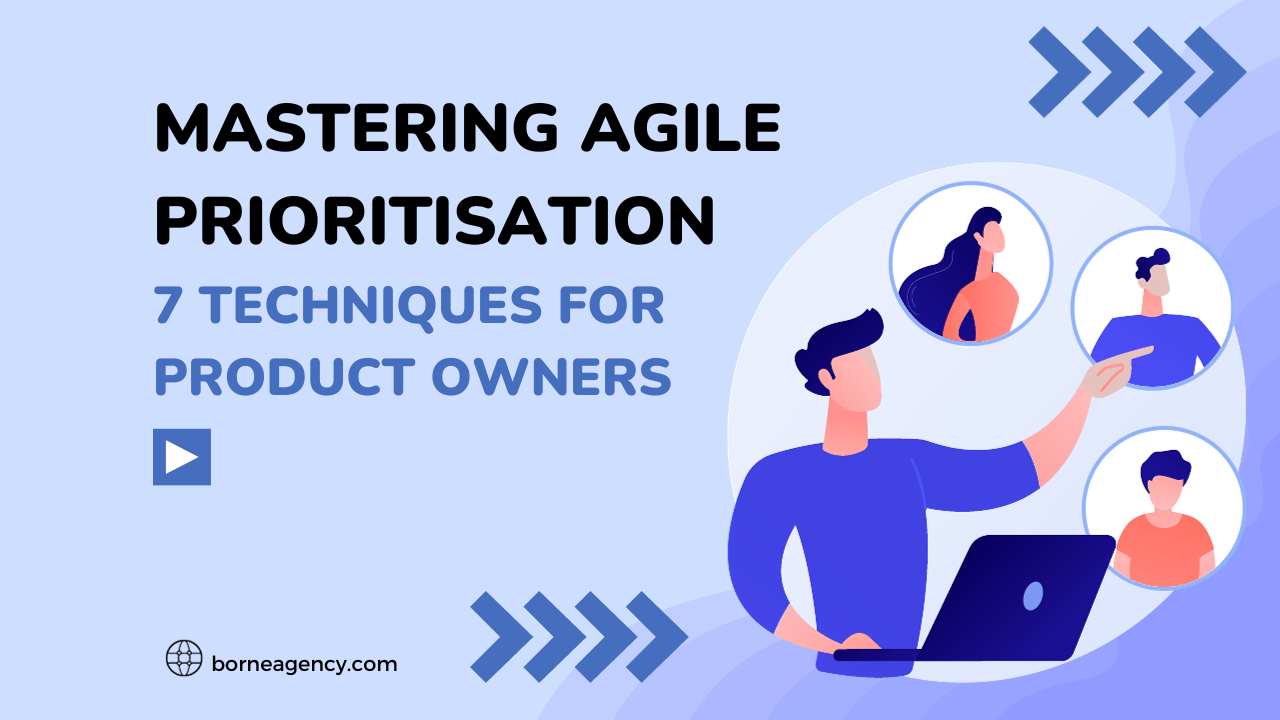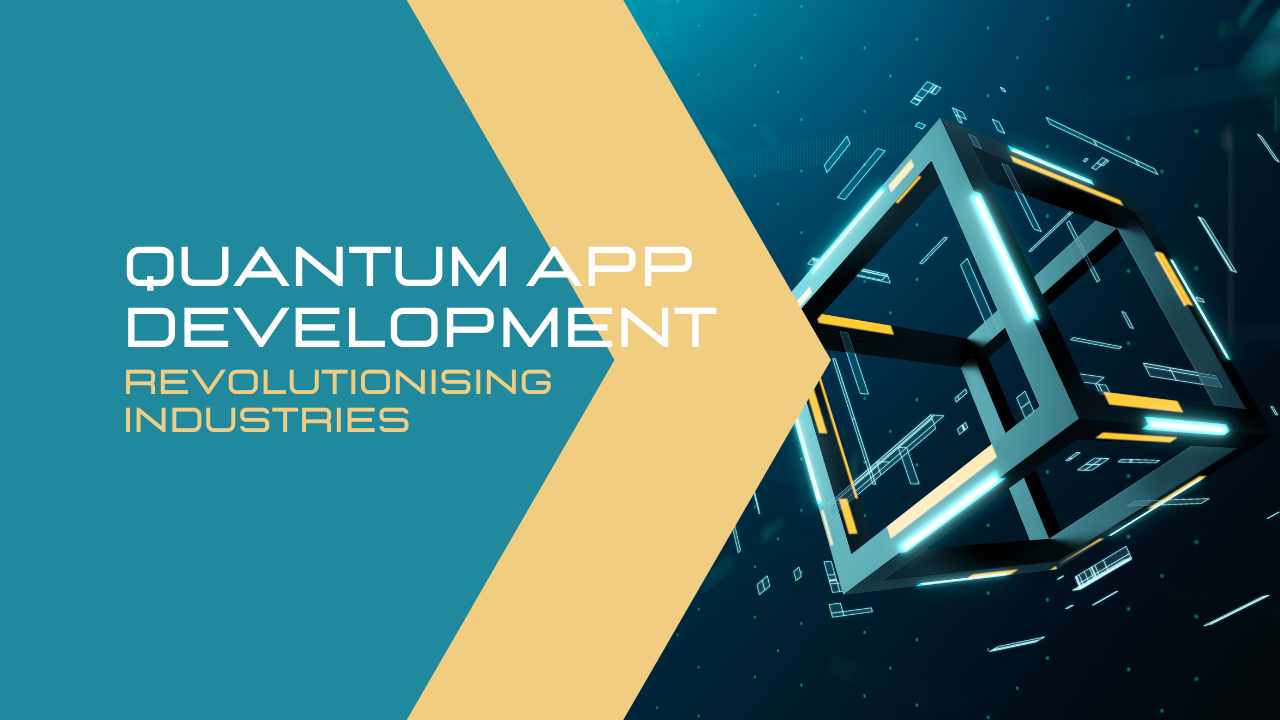Aug 19 - 4min readWe Chose the Time & Materials Model: Why You Should TooBy Launchbase

Does the fixed-price model appear less risky to you because you know the total cost pf the project before your app has gone into development? If you delve a bit deeper, cracks will emerge in the fixed-price model as all product, scope of work and business decisions must be decided, contracted and declared before the project even begins. This would take place in a time where you know the least about your project.
The Risks of the Fixed-Price Model
The obvious source of mistrust that comes with the time and material model lies in that clients do not understand the software development process, how it is organised and the factors that are hidden that enhance its efficiency. At face value, choosing the lowest price and freezing expectations sounds like it helps save you money. However, it generates a lot of wasted resources, time, funds and energy. This includes:
• Planning
Once the scope is fixed, the only way forward in terms of working is the ‘waterfall’ working option. This means that the process of documentation and research is more important and it is because of this that planning could take the same time, if not longer than the development of the product itself. Unfortunately, if negotiations fall through after your first phase of development, this would be a great waste of your effort and time. In methods such as the time and material method. A quick initial estimate which is approved by you will allow for a smooth transition into development.
• Time
The time for learning the basics of your business and arranging the technical environment is challenging. When every function is filtered through, from quality assurance to design and development, this manner significantly reduces the chances of generating knowledge and the sharing of resources. So, the Fixed-Price model has a greater ramp-down and ramp-up phase.
• Overhead Management
Furthermore, the Fixed-Price model encourages an antagonist relationship rather than a partnership between your business and your developer/project manager. Instead of striving for a common goal, financial risk becomes the focus by you requesting a fixed price. This will result in the embedding of risk within the budget. To cope with this risk, processes will have to be supervised closely which would result in extra strain loaded onto project management. Agility will also be lost owing to every change being overly negotiated, analysed and the implementation of tight deadlines.
Here at Launchbase, we advocate for the time and materials model in which the price of your project is determined by an hourly rate or man-day rate so the accrual time spent on the project.

Why do we choose this model?
1) The Time & Material Model is Faster
A detailed analysis of your project gives you the security and the details of the scope of the work before the project begins. This phase does take time; however, this practice shows that narrowing down all the features impossible. However, with the time and material model allows you to move at an accelerated pace whilst there are opportunities to work on finer details along the way. The fixed-price model takes longer to sign. This means less time spent on paperwork and more time on developing your project to its fullest potential.
2) You Save Money
Of course, this is a huge appeal, however it is not only the fact that you are saving money. You only pay for actual work completed while also saving time on the project. Also, the time and material model does not require additional overheads that some software houses offer through the fixed-price model as the fixed –price model requires higher premiums as there is less information provided.
3) Final Product is Better When You Prioritise
When an investor pays for every hour of work, they will analyse the Return On Investment (ROI) based on the features. We see this on a regular basis and it’s amazing! This cannot be done with the fixed-price model. This method assists in building things that are important for your product. Often, these things will not be the same as what was contracted in the beginning of development. Lastly, our priorities are aligned with your needs. Our team wants to deliver the highest quality possible and in the fixed-price model, software houses will tend to maximise the margins to reach the lowest possible cost during production.

4) The Final Product is Better Because You Are Flexible
Adjustments to the project requirements can be made in the time and materials model as well as shaping the project to your business circumstances which can be constantly changing. By doing this, there will be no need to conduct unnecessary discussions and renegotiations with us to determine whether the feature was in our remit. The time and management model allows for adjustments to the scope.
Let’s give a few examples:
• Do you need to simply the process of registration? We can skip the unnecessary features for you.
• Want to grow your startup through an app? We can support you.
• Looking to increase your functionality? We can do it, no problem!
5) The Time and Material Model Lowers Your Risk
You may not know the final cost of your final product; however, you have the freedom of not committing to a business relationship until the final stages of development. Additionally, transparency is absolute key in the time and material method which allows you to track where we are at any point in the development progress of your project. And of course, the overall finished product of a better quality significantly reduces risk to your business overall.
Unlike a car or house, software product development should be approached in a different way. While houses or cars have little room for improvisation through physical construction, code can be pivoted. That’s why, in our opinion, the best approach is to start but, however this does not mean that it must be slow. Start with an initial iteration, however you can make changes as you go along. The time and materials model gives you the flexibility to do this. We understand that this model requires trust so we encourage regular communication with our clients to ensure a streamlined and tailored product.



